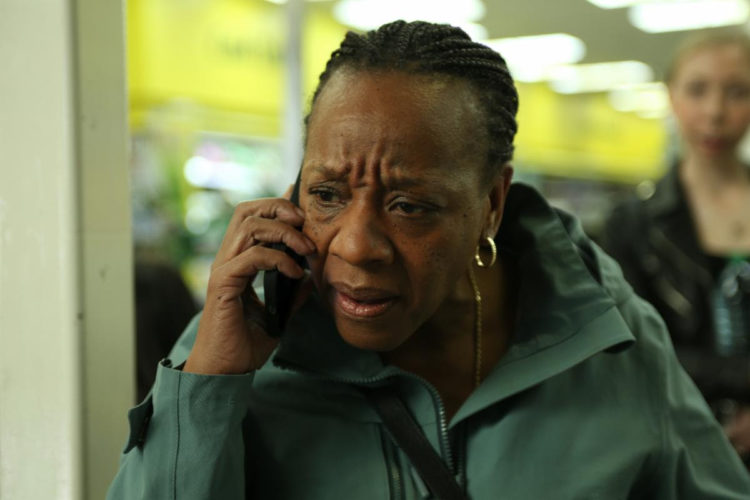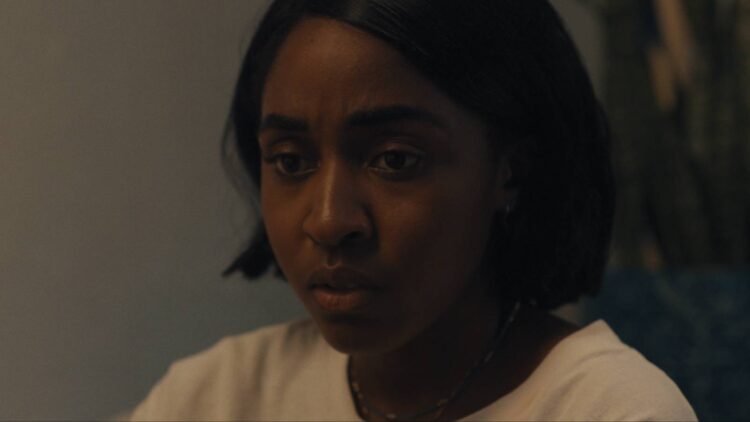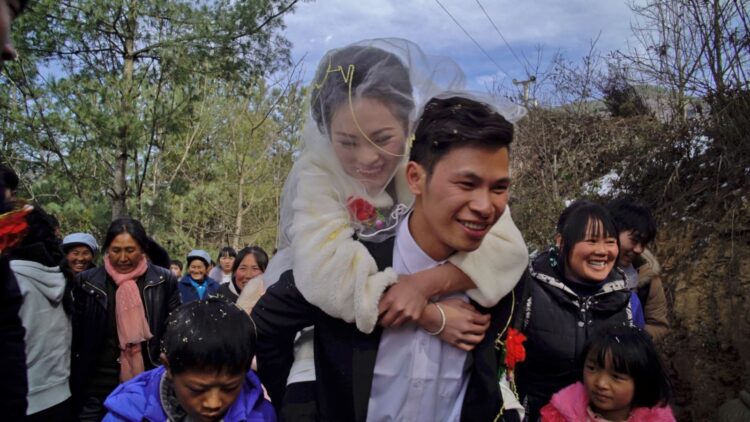

Following The Film Stage’s collective top 50 films of 2024, as part of our year-end coverage, our contributors are sharing their personal top 10 lists.
Last year I used this space to speak about the ongoing genocide occurring in Gaza and this year, that genocide is still going on. I spoke about how the filmmakers who were most important were the ones depicting the genocide. Many of those filmmakers have passed away and the reason we’re seeing less and less news from Gaza is because the documentarians disseminating the truth through their cameras have been made as legitimate targets by Israel and the United States. Palestinian filmmakers are still making films however, and many of them are vital to watch and save for the memory they preserve. You can search the phrase “Palestinian Film Archive” on Twitter to find threads and documentation listing all of these.
10. Cuckoo (Tilman Singer)
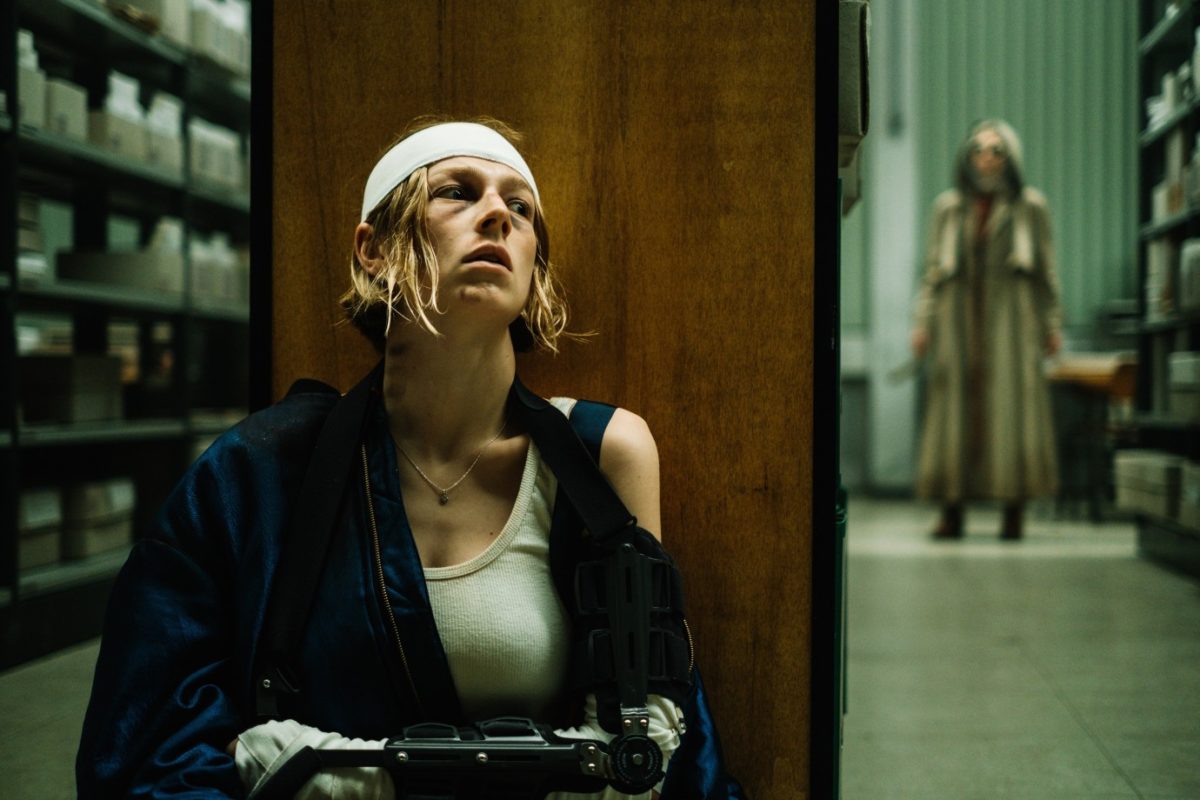
Tilman Singer’s Luz was one of the most unexpected and enjoyable horror films I’ve seen in the past decade and his follow-up Cuckoo gave me the most unexpected fun I’ve had watching a movie this year. Hunter Schafer’s performance as Gretchen anchors the ludicrousness of the movie’s plot, which takes place in a resort area in the Bavarian Alps, with a performance that turns the entire film into a series of devilishly sick jokes. Singer uses the very weighty sense of betrayal and entrapment Gretchen feels in her family and counters it through various lures that draw her out into the surreal world of the resort.
9. All We Imagine as Light (Payal Kapadia)
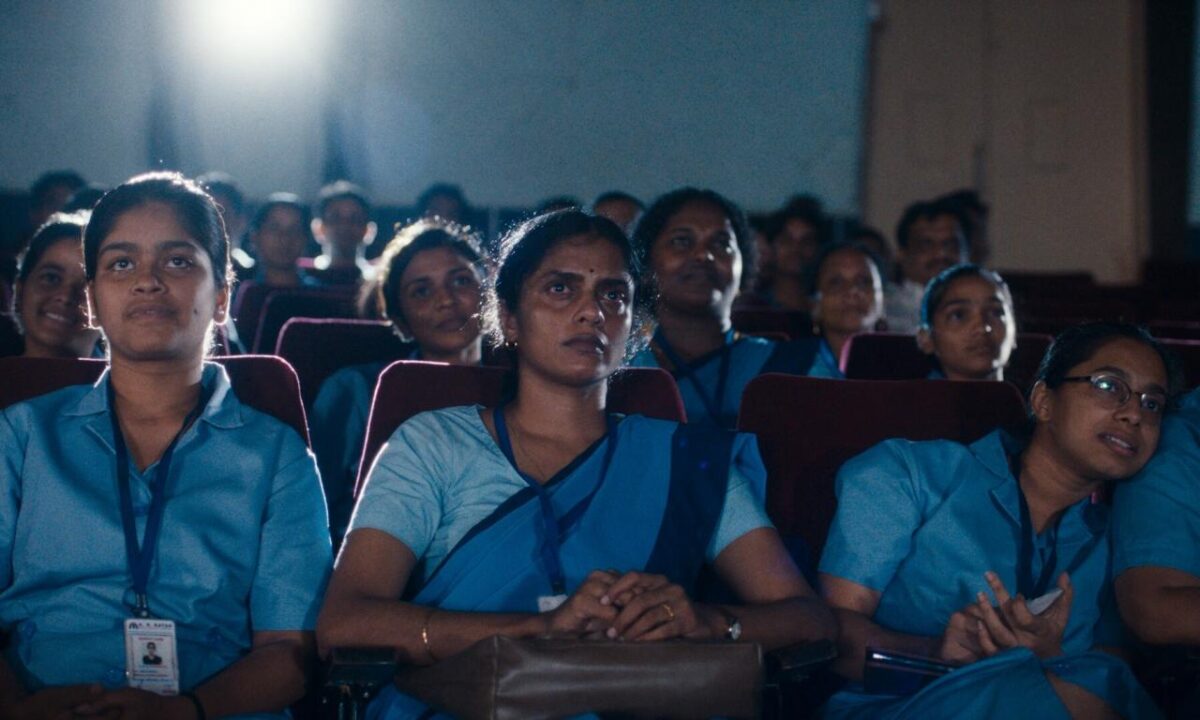
The feelings and sensations so potent within Kapadia’s tender and quiet film about love and loss come not just from words her characters speak, which are very direct and unmistakably sincere, but from the way the rain glistens on the roads and on the signs, the way the harsh white lighting of Mumbai’s public transportation juxtaposes to the dark blue voids of the night. Topshe’s beautifully elegant score echoes the sounds of jazz and rain, perfectly complimenting the intimacy and heat of the film. Her characters have the humidity of a Mumbai monsoon expressed on their faces and in their hair. The two leads, Prabha (Kani Kusruti) and Anu (Divya Prabha), speak in soft voices to each other about forbidden love, their dreams, and what they’ve regretted like words that they have been dying to let out forever.
8. Music (Angela Shanelec)
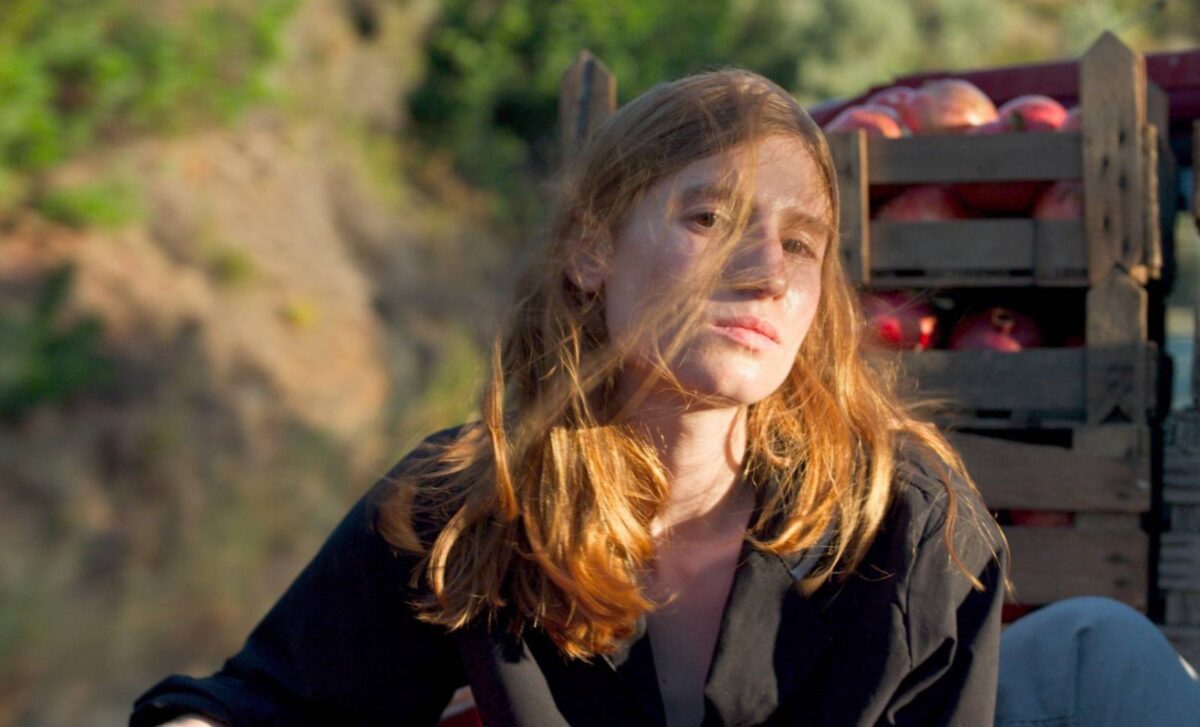
The time jumps in Angela Shanelec’s Music play around with remembrance and loss in strange ways. The way this movie bobs and weaves through and around major events, depicting some of them with delicacy, others with direct action, and avoiding some altogether may not be to everyone’s liking. What Shanelec achieves here however is the sensation of loss and gain both through consequential action and also by happenstance. Her focus on hands, feet, and limbs obscures surroundings and instead highlights feeling and communication through touch and physical movement in close spaces. There are few establishing shots in this film but when they do happen, it’s only to establish the distance her characters are from each other rather than where they are. The beautiful softness of the lighting in this movie never feels flat, it only exudes comfort, even in vulnerable and tense moments.
7. Vermiglio (Maura Delpero)
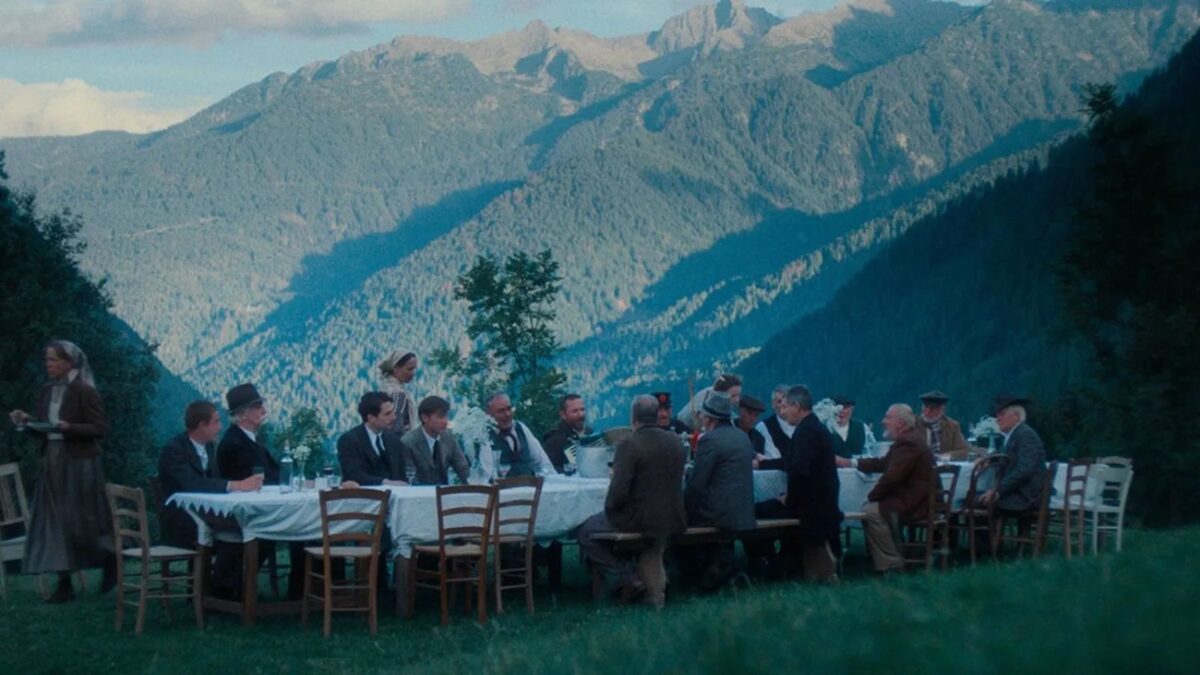
Maura Delpero’s film about a young woman in a rural conservative mountain community in Italy who begins a romance with a war deserter is one of the best-looking films of the year. Lush in chilly blues and vibrant greens, it pairs religious allegory with a fantasy-like fable that soon comes crashing down to reality. Has cutesiness in moments surrounded by a feeling of distrust and uneasiness. Like many rural films about outsiders that have been made recently––Pietro Marcello’s Scarlet, Hlynur Palmasson’s Godland, and Rodrigo Sorogoyen’s The Beasts––this one too sees convention and tradition and ‘way of life’ weigh on the central characters in their passions. Delpero films with an eye for allegory with many sequences highlighting portraiture, literature, and religious symbols. The role of women is diverse in the way it perpetuates its own discrimination and reaffirms shackles of servitude. A film that wrestles with the notion of family as a ‘concept’ versus as a ‘feeling’.’
6. The Old Oak (Ken Loach)
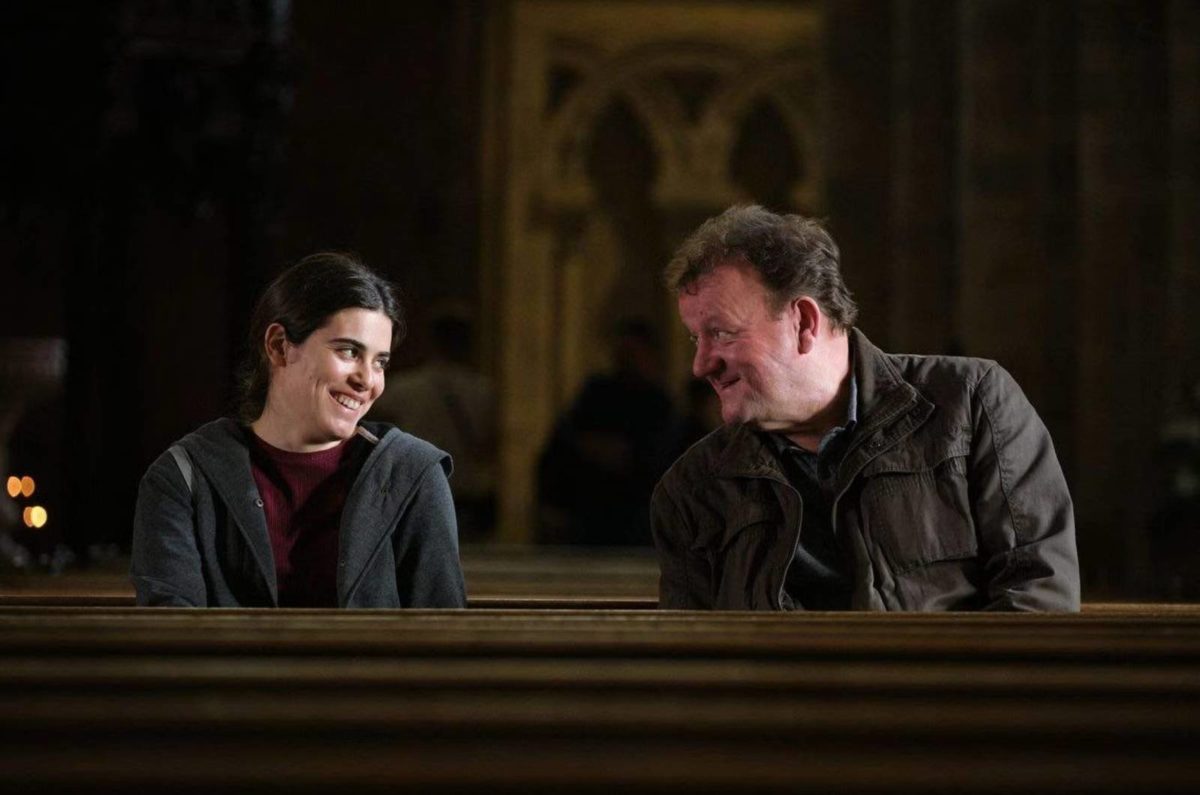
Through a career that spanned over 50 years, Ken Loach never minced words or images. From his debut Poor Cow to the breakthrough success of Kes onward, Loach has been steadfastly a filmmaker who cares deeply about the people he writes and reflect the deep feelings he has about the English society he grew up with. The Old Oak is just as good a swansong as any. It’s not the kind of grandiose declarative statement many other filmmakers may put out as one of their final films, but that’s only because Loach has been declarative about everything in his cinema. His characters wear their socialist, populist, and compassionate feelings on their sleeves. When local patrons begin complaining to a bar owner that their neighborhood bar is seeing too many “brown refugees,” the bar owner speaks for Loach. He ridicules them and stands steadfastly beside the refugees. The film ties past to present, the way that labor, unions, the power of people can carve a path to help others––immigrants, refugees, the poor, the sick––against all the odds. The Old Oak reaffirms Ken Loach’s dedication to a cinema that inspires people to think and talk about others’ dreams and ambitions and potential rather than just their own.
5. Kubi (Takeshi Kitano)
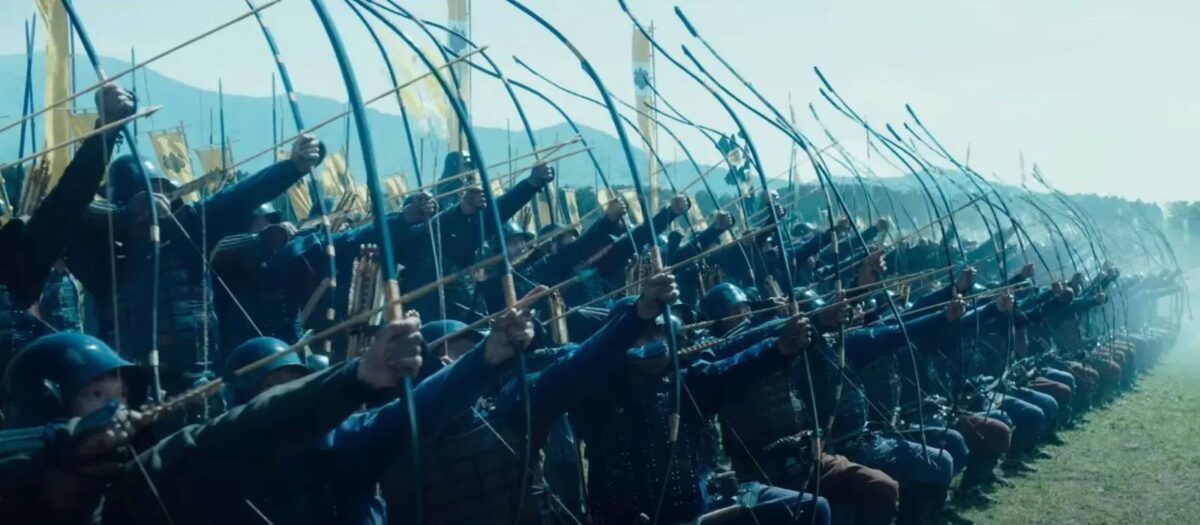
Takeshi Kitano, a former comedy talk show host, is a grand jester of Japanese cinema. He introduces a Gallagher-sized wood sledgehammer to the great traditions of the yakuza film and the chambara film and brings his penchant for the political and social paradoxes and intricacies of Japanese custom. He’s a man for who “guys talking in a room” is the perfect stage to let loose satire, hijinks, and barrages of insults. His conversations are just as violent as the war scenes and his war scenes just as funny as the banter. The fight scenes in Kubi are sparse but fun and filled with glorious swordplay and the scope has the feelings of a grand theatrical comedy. Unlike Kurosawa’s or Mizoguchi’s or Kobayashi’s shoguns and ronins, Kitano’s royalty and warriors are more or less trying to undermine each other and fumbling through it all. The ones who survive are not so because of a cunning wit or brilliance in combat, but lucky sons-of-bitches who only escaped death because they were too lazy or stupid to be in the wrong place at the wrong time.
4. A Stone’s Throw (Razan AlSalah)
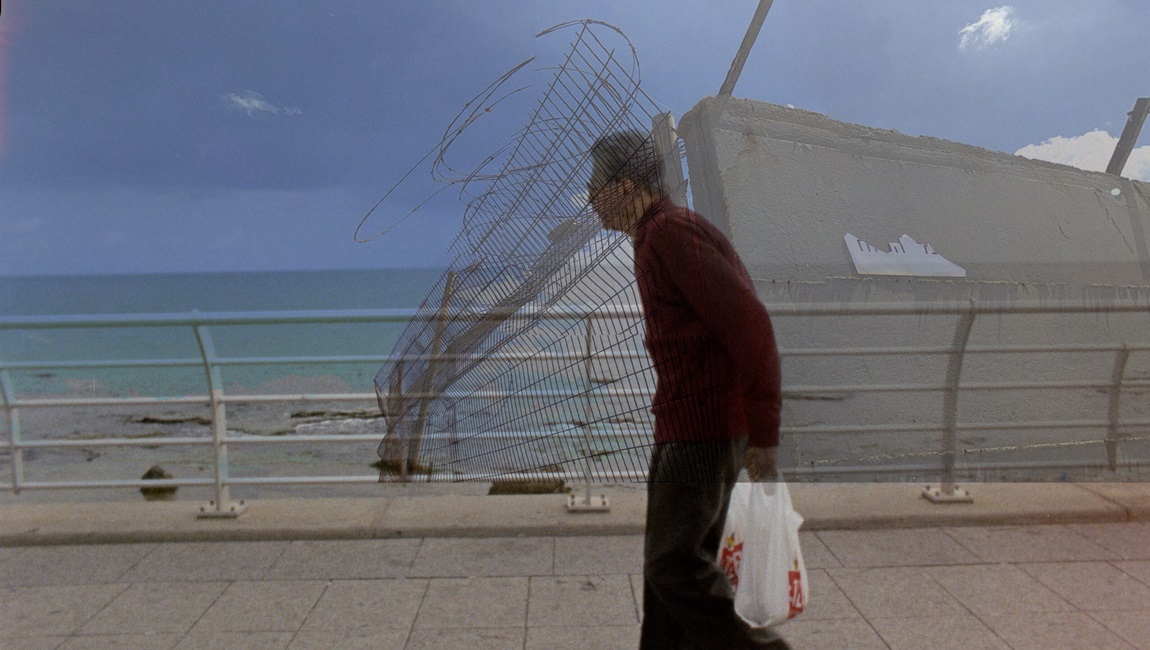
A number of Palestinian films have been screened and celebrated through the second year of the ongoing genocide in Gaza at the hands of the Israeli and U.S. militaries. These films often seem like small gestures for the gargantuan memory of a people and place that is one of the oldest in human history. Razan AlSalah’s A Stone’s Throw creates a remembrance of her father who was exiled from Palestine, sent to Beirut, and then sent to work in a classified project on Zirku Island off the coast of UAE. AlSalah uses Google Maps and various computerized methods to zoom in and glide through imagery from places of great revolution like the end of the Kirkuk-Haifa Oil Pipeline to the factories on Zirku Island. The words behind the images include AlSalah’s own memories of her father and the history he witnessed, as well as the words of the great martyr poet Ghassan Kanafani who declares, as the camera pans across a wall of slogans and slain heroes, “We need something more powerful than arms. Something bigger than material force. We need to unleash the imaginary, we need something irresistible, something that nuclear weapons cannot change. Something like a Palestinian child throwing a stone.”
3. Youth (Hard Times & Homecoming) (Wang Bing)
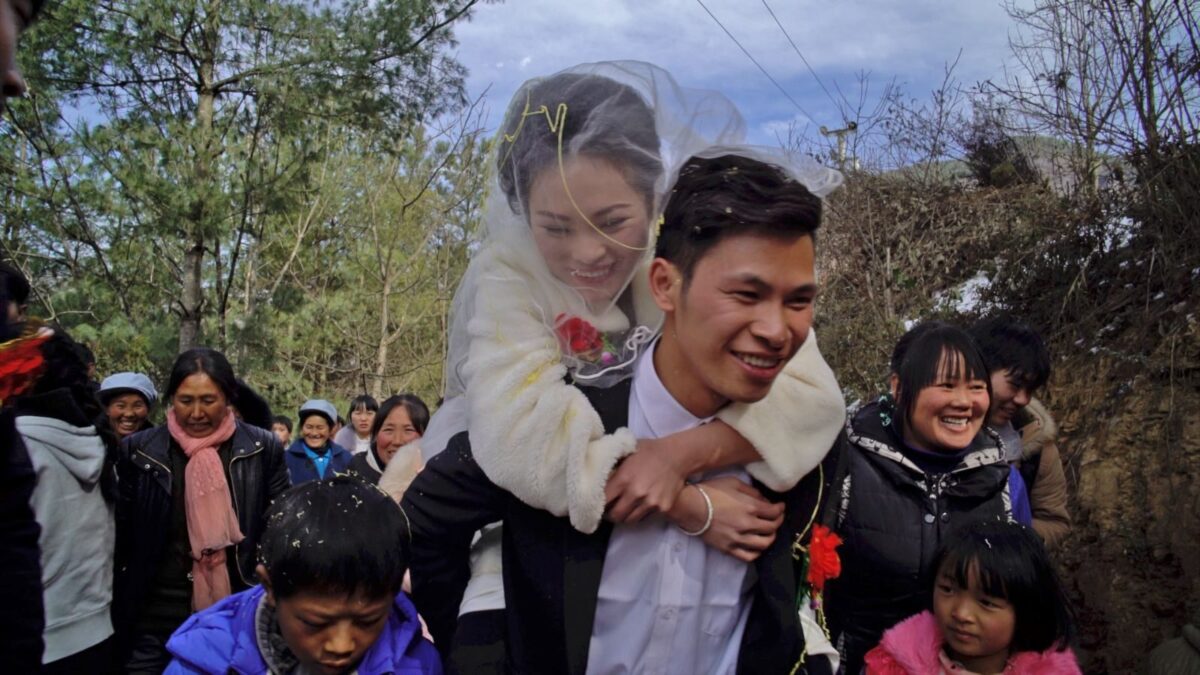
The final two parts of Wang Bing’s epic documentary about young laborers in a textile factory juxtapose life in the lonely city with life in their home villages. These remarkable documentaries complete the picture of rural youth in China. Their fights with their bosses, their socio-economic situations as laborers, and the forward march of their lives from marriages to children to the continuing cycle of finding places to earn money are depicted with a level of immediacy that feels at once devastating and hopeful. Watching these films from an American upbringing immediately forces things like the pictures of Mao Zedong framed on the walls of rural homes to mind. We are brought up to have immediate reactions to these kinds of images that are never mentioned in the film itself. The fact that the moment the films’ subjects come home to their families, they immediately have to work around the house, help out with cooking, cleaning, farmwork, etc. is a sort of shock that the comforts of the viewers I watched the film with at TIFF had to have pondered about long after the film ended.
2. Nickel Boys (RaMell Ross)
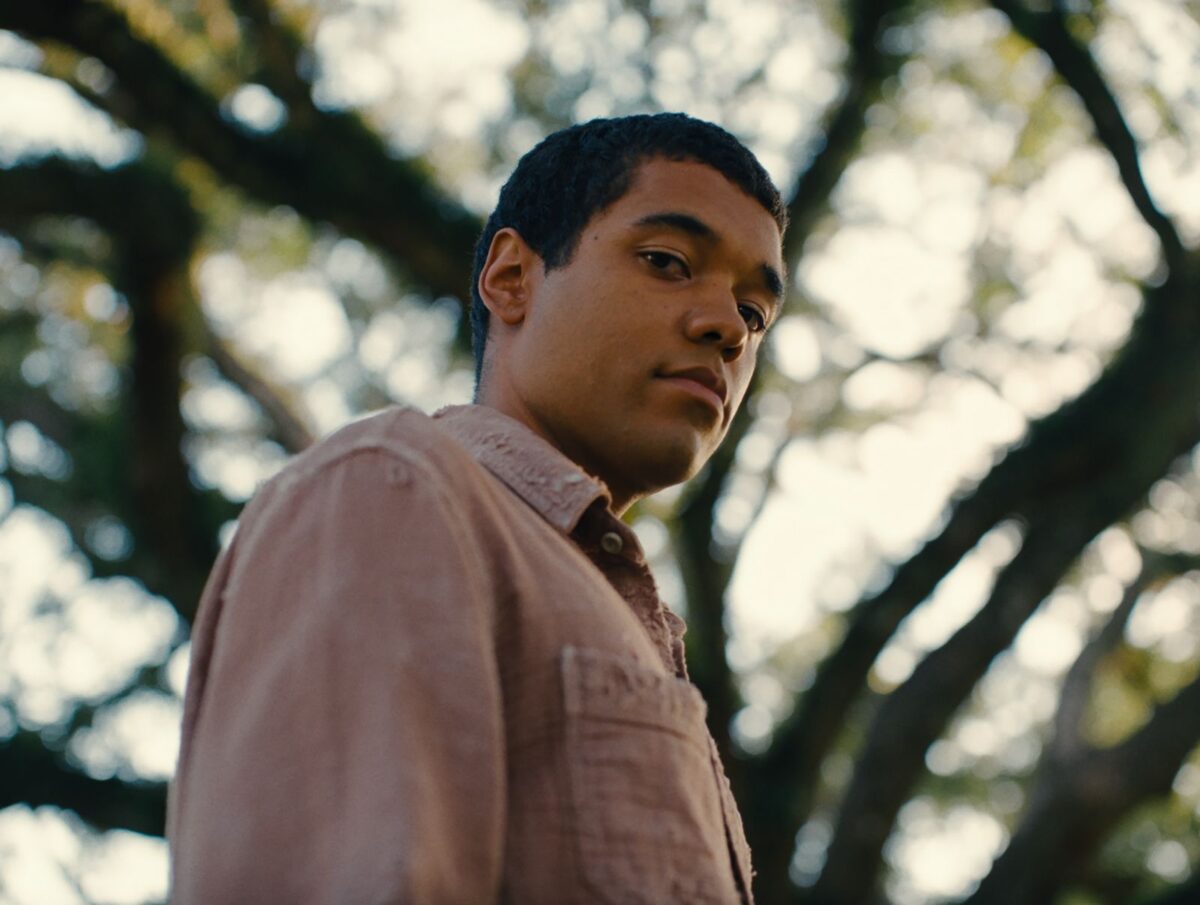
The immediate sensation of RaMell Ross and cinematographer Jomo Fray’s dedication to the POV aesthetic in Nickel Boys would naturally elicit a polarized reaction from its audience. To some, it can come across as a tawdry gimmick. To me, it succeeds where László Nemes’ Son of Saul failed in its depiction of the intimacy among people in the confines of an abusive environment. In Ross’ film, the feeling of claustrophobia is replaced by the feeling of eerie wide open space just around the corner. The camera cuts in close, with shallow focus, but always in the back and peripheries we see the fields, the sky, the idea of freedom and escape. The use of mirrors and switch in POV from character to character creates a dynamism that gives his aesthetic the ability to tell multiple stories and have his characters reflect on themselves, through both time and space. It’s a remarkable film with serious forethought on how to depict a story of abuse with an eye for redemption rather than an eye of just the suffering.
1. Samsara (Lois Patiño)
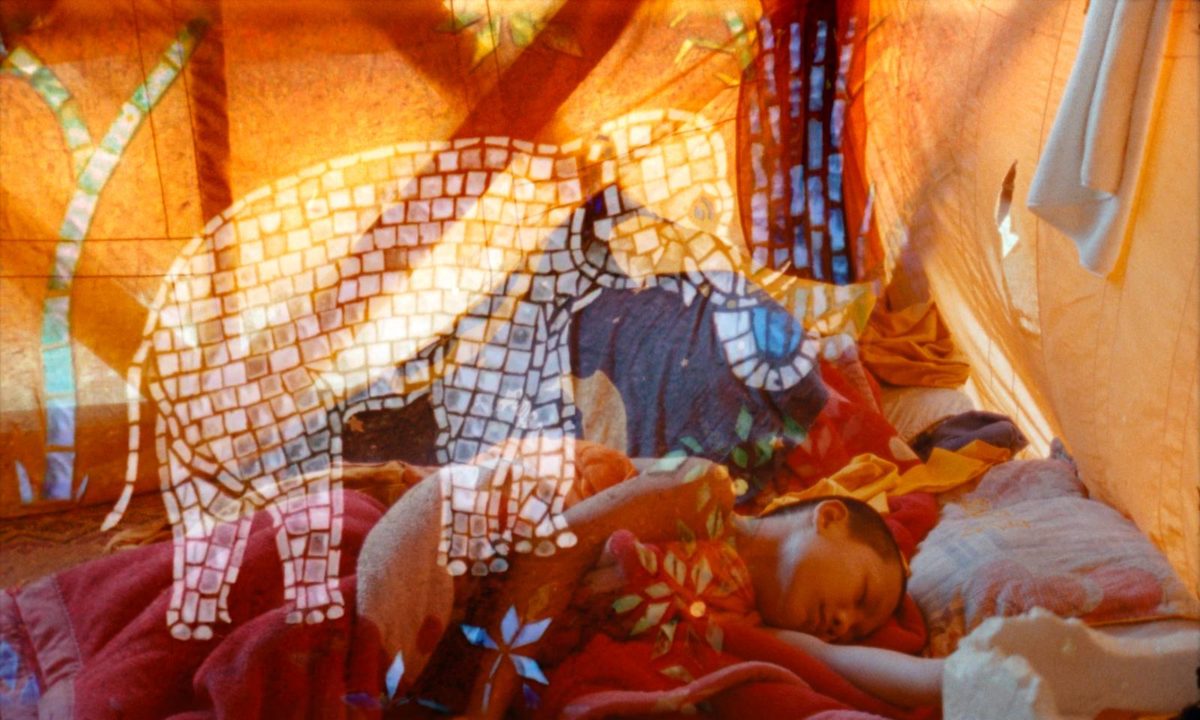
Lois Patiño’s Samsara is a beautifully elegiac journey that stretches itself between lifetimes and existences. Its meditative take on pondering the death and existence of souls in transition is not only part of its free-flowing tranquil narrative, but rendered in direct confrontation with the audience through an extended experimental sequence that demands viewer participation. Some could take this as a gimmick, but it fits so seamlessly in the movie’s visual style and is presented with such earnestness that it feels more like a genuine artistic attempt to communicate through film that which cannot be relayed visually. It’s bold, thoughtful, and perhaps the most intimate cinematic experience of this decade thus far.
The post Soham Gadre’s Top 10 Films of 2024 first appeared on The Film Stage.


